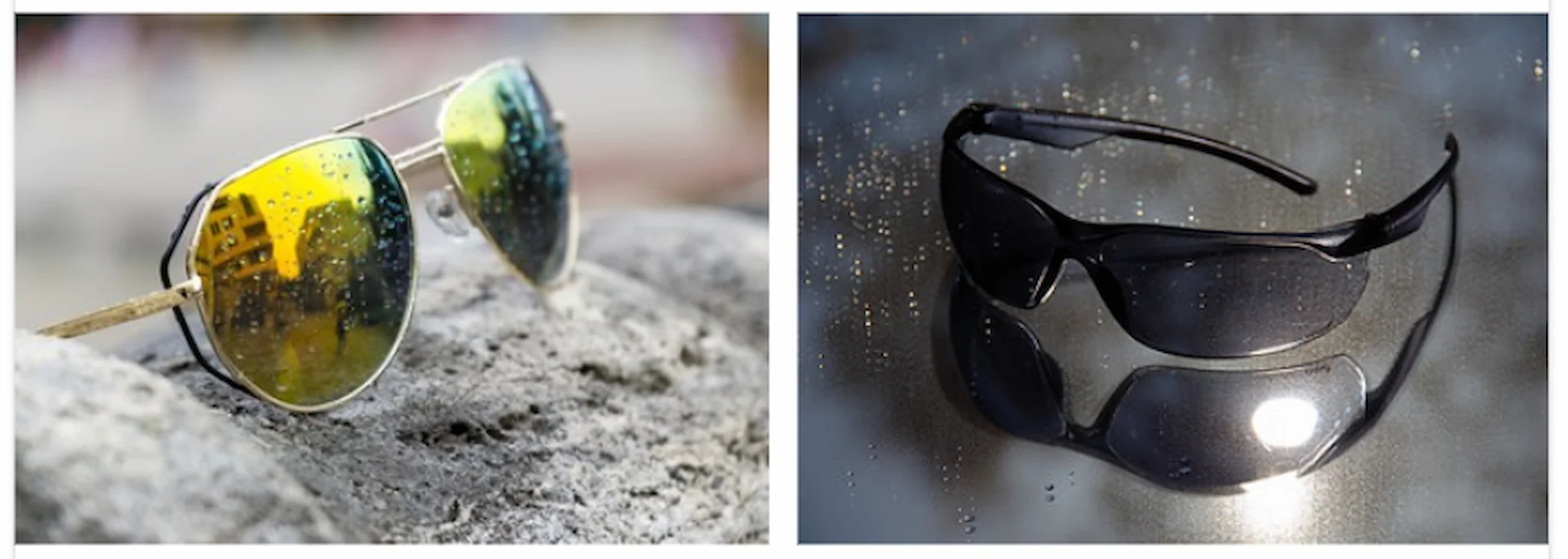Advice for adults and children on sunscreen and sun safety.
Aim to strike a balance between protecting yourself from the sun and getting enough vitamin D from sunlight.
Sun safety tips
Spend time in the shade when the sun is strongest. Make sure you:
- spend time in the shade between 11am and 3pm
- make sure you never burn
- cover up with suitable clothing and sunglasses
- take extra care with children
- use at least factor 15 sunscreen
What factor sunscreen (SPF) should I use?
Don�t rely on sunscreen alone to protect yourself from the sun. Wear suitable clothing and spend time in the shade when the sun�s at its hottest.
When buying sunscreen, the label should have:
- the letters �UVA� in a circle logo and at least four-star UVA protection
- a sun protection factor (SPF) of at least 15 to protect against UVB
Make sure the sunscreen is not past its expiry date. Most sunscreens have a shelf life of two to three years.
Don�t spend any longer in the sun than you would without sunscreen.
What are the SPF and star rating?
The sun protection factor, or SPF, is a measure of the amount of ultraviolet B radiation (UVB) protection.
SPFs are rated on a scale of 2 to 50+ based on the level of protection they offer, with 50+ offering the strongest form of UVB protection.
The star rating measures the amount of ultraviolet A radiation (UVA) protection. The higher the star rating, the better.
Sunscreens that offer both UVA and UVB protection are sometimes called �broad spectrum�.
How to apply sunscreen
Most people do not apply enough sunscreen. As a guide, adults should aim to apply around:
- two teaspoons of sunscreen if you�re just covering your head, arms and neck.
- two tablespoons if you�re covering your entire body, while wearing a swimming costume.
If sunscreen is applied too thinly, the amount of protection it gives is reduced. If you�re worried that you might not be applying enough SPF15, you could use a stronger SPF30 sunscreen.
If you plan to be out in the sun long enough to risk burning, sunscreen needs to be applied twice:
- 30 minutes before going out
- just before going out
Sunscreen should be applied to all exposed skin, including the face, neck and ears � and head if you have thinning or no hair � but a wide-brimmed hat is better.
Sunscreen needs to be reapplied liberally and frequently, and according to the manufacturer�s instructions.
This includes applying it straight after you�ve been in water � even if it is �water-resistant� � and after towel drying, sweating or when it may have rubbed off.
Swimming and sunscreen
Water washes sunscreen off, and the cooling effect of the water can make you think you�re not getting burned. Water also reflects ultraviolet (UV) rays, increasing your exposure.
Water-resistant sunscreen is needed if sweating or contact with water is likely.
Sunscreen should be reapplied straight after you’ve been in water & even if it’s water-resistant and after towel drying, sweating or when it may have rubbed off.
Protect your eyes in the sun
A day at the beach without proper eye protection can cause a temporary but painful burn to the surface of the eye, similar to sunburn.
Reflected sunlight from snow, sand, concrete and water, and artificial light from sunbeds, is particularly dangerous.
Avoid looking directly at the sun, as this can cause permanent eye damage.
Clothing and sunglasses
Wear clothes and sunglasses that provide sun protection, such as:
- a wide-brimmed hat that shades the face, neck and ears
- a long-sleeved top
- trousers or long skirts in close-weave fabrics that do not allow sunlight through
- sunglasses with wraparound lenses
Culled from National Health Research Centre, United Kingdom Website (http://www.nerc-charity.org.uk/)

